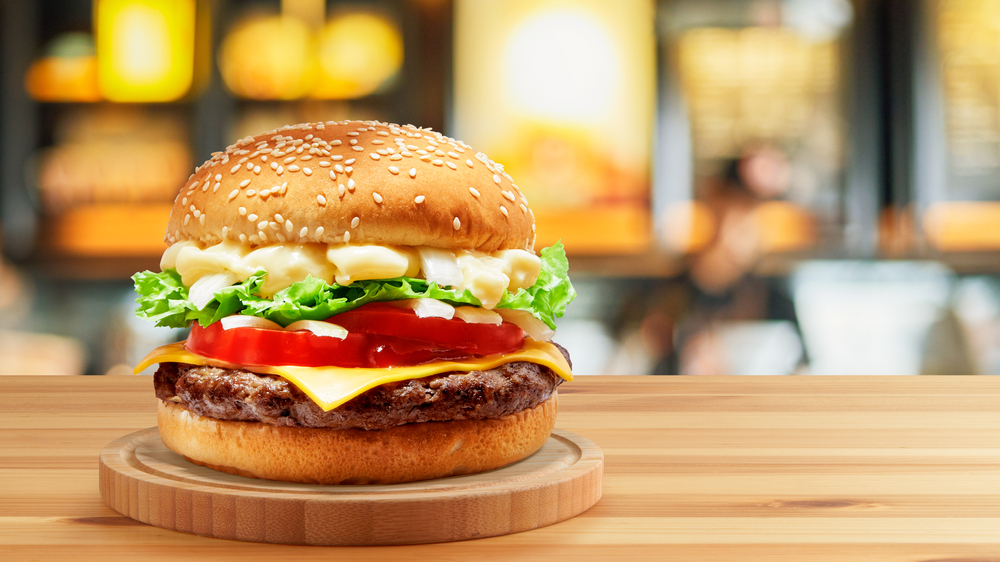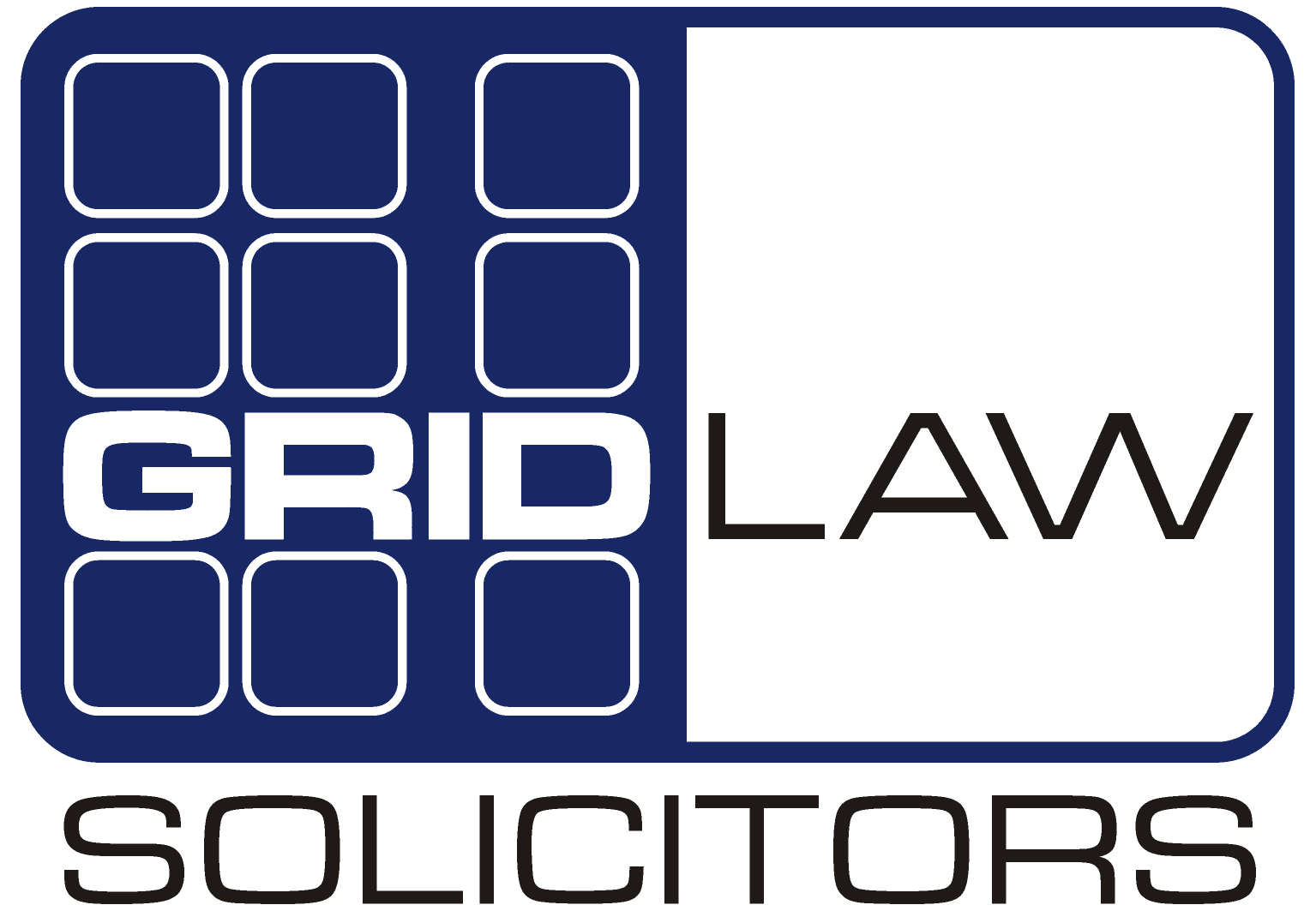
This was a great example of how, with a little bit of knowledge, a small business can stand up for their rights and not be bullied into rebranding.
In this case study, I’m going to explain how Supermac’s achieved this against the might of McDonald’s and how the fast food giant ended up losing one of their “Big Mac” trade marks in the process.
Please note: I was not representing either party in this dispute and my only knowledge of it is from reading press reports and the judgement of the case. However, it serves as a good example of a common situation faced by small businesses and I have successfully used this strategy whilst representing small businesses faced with similar situations.
The facts
Supermac’s is an Irish fast food chain which had ambitions of expanding its operations throughout the UK and Europe.
It had registered its name in Ireland but when it applied for trade mark protection throughout the rest of Europe, McDonald’s opposed their application. They said that “Supermac’s” was confusingly similar to their “Big Mac” trade mark.
Supermac’s fought back and won what was reported to be a “landmark” victory for small businesses.
Legal issues
When you register a trade mark, you are given the exclusive right to use that trade mark for the goods and services for which it is registered. These are valuable rights and businesses should not register trade marks simply to block the competition.
If you register a trade mark, you are expected to use it. If you don’t use your trade mark in relation to the goods and services it is registered for, you can lose your rights to it.
It can be cancelled through a process known as “revocation”.
There are four grounds on which a trade mark can be revoked:
- There has been no genuine use of the trade mark (either by the owner or a licensee) for the first five years following its registration and there are no proper reasons for non-use;
- There has been no genuine use of the trade mark for a continuous five-year period, and there are no proper reasons for non-use;
- Due to the owner’s acts or inactivity, the trade mark has become the common name in the trade for a product or service for which it is registered; or
- Due to the way the owner or a licensee has used the trade mark, it is liable to mislead the public, particularly as to the nature, quality or geographical origin of the goods or services.
If an application for revocation is made on the grounds of non-use (as was the case here), it is the owner of the trade mark that must provide evidence that they are genuinely using the trade mark or that there are proper reasons why they are not doing so. The person applying to revoke the trade mark doesn’t have to prove non-use.
The complaint by McDonald’s
As explained above, Supermac’s wanted to expand its chain of “Supermac’s” restaurants but McDonald’s wanted to prevent this.
McDonald’s has a large portfolio of trade marks, including a registration for the words “Big Mac” in class 42 for the operation of restaurants.
When Supermac’s applied to register their trade mark in class 42, McDonald’s opposed the application saying that the use of the “Supermac’s” trade mark would be an infringement of their rights.
There are several ways in which a trade mark can be infringed. For example, the law says that if a trade mark is used without the owner’s consent, in the course of a trade, in any of the following ways, it will be an infringement:
- The mark used by the infringer is identical to the registered trade mark and is used in relation to identical goods or services.
- The mark used by the infringer is:
- identical to the registered trade mark, and is used in relation to goods or services which are similar to those for which the trade mark is registered; or
- similar to the registered trade mark, and used in relation to goods or services which are identical with or similar to those for which the trade mark is registered;
- and, in each case, the public is likely to be confused between the marks or think there is an association between them.
- The mark used by the infringer is identical to or similar to the registered trade mark, the trade mark has a reputation in the jurisdiction in which it is registered, and the use of the mark takes unfair advantage of, or is detrimental to, the distinctive character or the reputation of the trade mark.
“Supermac’s” is not an identical trade mark to “Big Mac” but it was being used for identical services. So, McDonald’s needed to prove a likelihood of confusion or association between the two trade marks in order to successfully claim an infringement.
The defence raised by Supermac’s
McDonald’s has a distinct brand and a very strong reputation. It’s much stronger than Supermac’s.
In a battle fought on brand strength alone, McDonald’s would likely be the clear winner because in a claim for trade mark infringement, a court can infer confusion from all the surrounding circumstances.
The trade mark owner (McDonald’s) doesn’t have to show specific examples of confusion (for example a customer mistakenly walking into a Supermac’s restaurant thinking they were going into McDonald’s).
Knowing that challenging McDonald’s reputation would be very risky and unlikely to succeed, Supermac’s took an alternative strategy.
They challenged the validity of the trade mark on the grounds of “non-use”.
They were successful because whilst the name “Big Mac” is extremely well known and regularly used for a particular product sold by McDonald’s, McDonalds was unable to show any evidence of operating restaurants under the “Big Mac” brand.
It was therefore not using the trade mark in class 42.
Supermac’s successfully applied for this trade mark to be revoked on the grounds of non-use, and without a trade mark, McDonald’s couldn’t claim infringement.
This then cleared the way for Supermac’s to operate its restaurants under the “Supermac’s” brand.
Lessons to be learned for start-ups and small businesses
The key point here is that when you apply to register a trade mark, you must either be using it or have a genuine intention of doing so. If you don’t use it for all the goods and services you applied for, your trade mark is at risk of being cancelled (revoked).
So, you need to be strategic about how you register your brand. You need to make sure you have sufficient protection for your brand but you don’t want to go too far. (For an example trade mark registration strategy, please have a read of my other article “A brand protection strategy for small businesses”).
Finally, this dispute goes to show that the law applies equally to all businesses.
A small business can easily stand up for their rights against a much larger, heavily financed corporation if they need to. You don’t need to match them on spending power if you understand the law.
If you would like more information about registering a trade mark to protect your brand, please feel free to get in touch.
Alternatively, please take a look at my Brand Protection Toolkit which provides an easy to follow, step by step guide to protecting your brand without incurring any legal fees.
The Brand Protection Toolkit is available for immediate download by clicking here and can be used to register as many trade marks as you wish.
It also explains how to protect your trade marks post-registration to ensure that you don’t put them at risk of cancellation.

